What are the most durable kitchen cabinets? Kitchen designers recommend these materials
Kitchen designers share the best materials and practical advice for durable kitchen cabinets
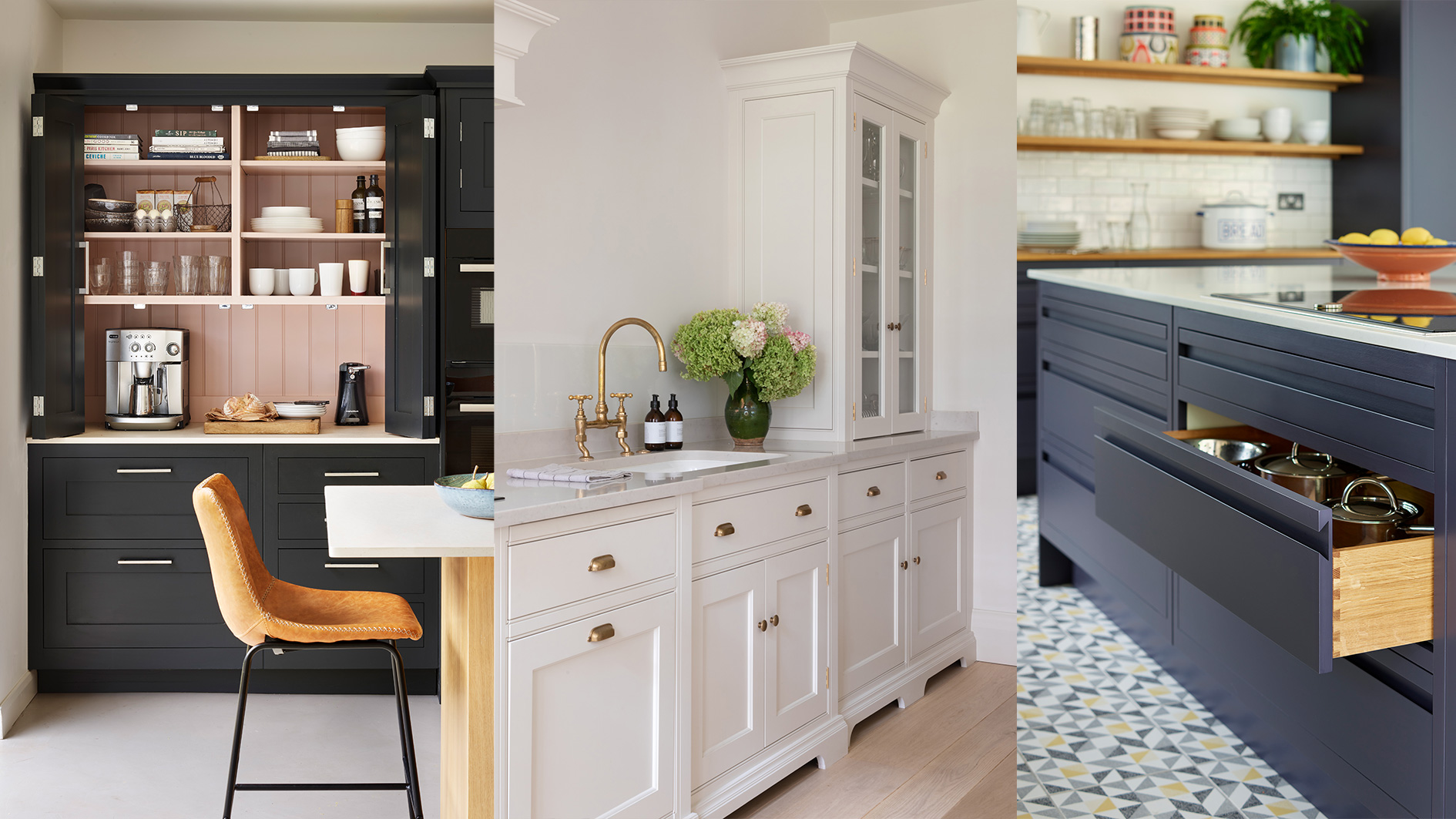

Kitchens are a big investment, so when it comes to design, longevity should be paramount. Before you buy a kitchen it's essential to familiarize yourself with which kitchen cabinets are the most durable so that you can make an informed decision.
While there are many ways to cut costs when designing a kitchen, many interior designers warn against scrimping on kitchen cabinet ideas, as they are one of the most hard-working aspects of the kitchen so need to stand the test of time.
Many materials can be used for kitchen cabinets and each comes with pros and cons, plus there are matters of construction and finish to take into account, too. To help guide you, we asked interior and kitchen designers for their advice on the most durable materials as well as other key things to consider when designing a kitchen to last.
What are the most durable kitchen cabinets?
To answer this question it's important to understand that the durability of kitchen cabinets will depend on several factors. While the material is key, the design and construction of the cabinetry will play a part, plus, when it comes to longevity, finish needs to be considered, too.
Aesthetics should also be addressed in the decision-making process. As spaces we spend lots of time in, the kitchen needs to be somewhere we enjoy being, so consider choosing a style of cabinetry and kitchen cabinet color ideas that will have enduring appeal; quality, too, will of course make a kitchen look expensive.
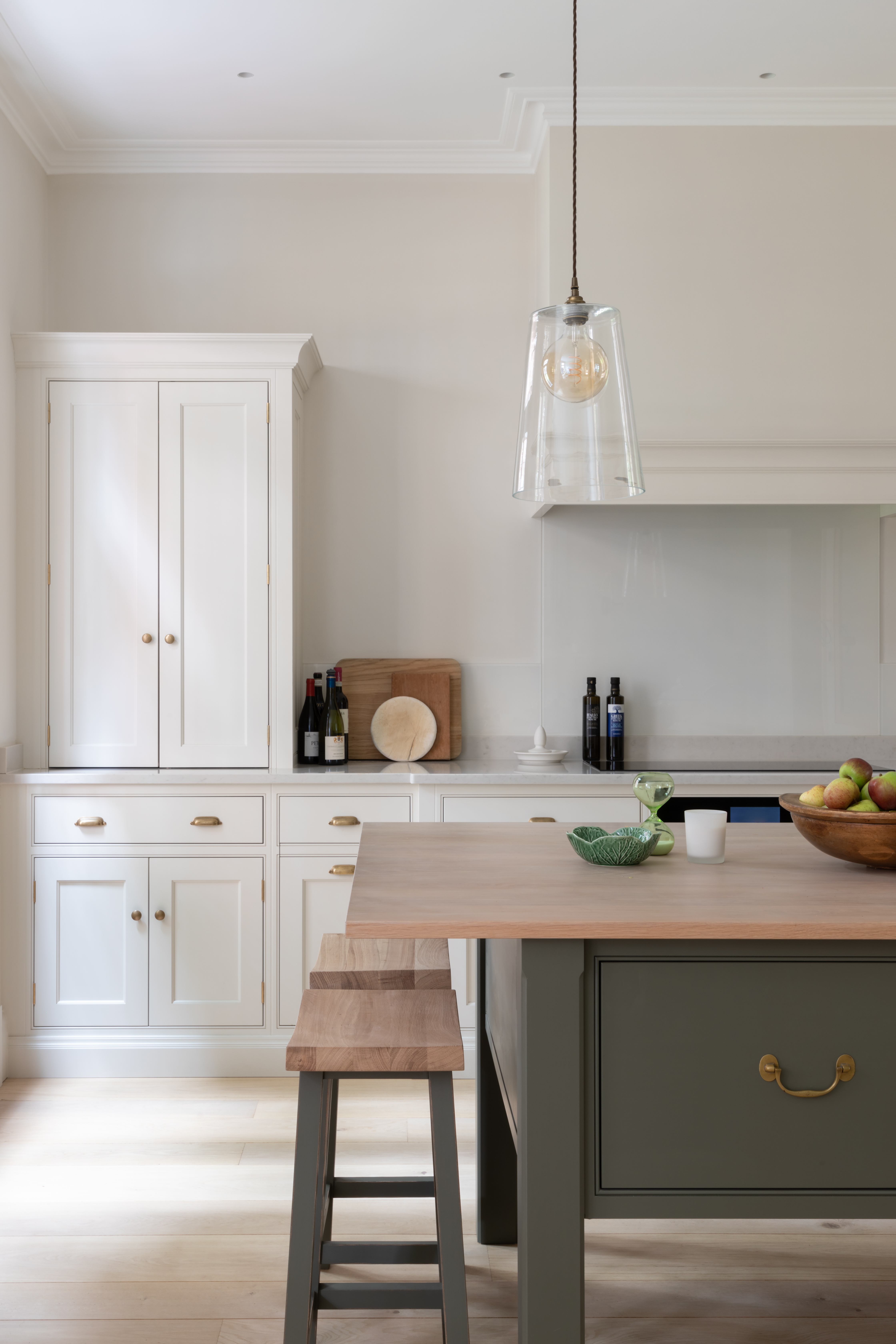
What material is best for kitchen cabinets?
The materials that are best for kitchen cabinets is a subject of great debate among kitchen designers and makers. While timber is generally regarded as the most durable material for kitchen cabinets, there are differing opinions as to which type of timber is best. We investigate them below.
Being made up of several components, kitchen cabinets are often crafted from a range of different materials, from solid hardwood and softwood timber to veneered timber and manmade boards. Again, opinion varies as to which materials are best for each purpose, whether it be the cabinet carcasses and drawers, to the internal linings and shelving, through to the doors.
When it comes to cabinet frames it is important the material used is sturdy and strong. A durable and popular method of cabinet construction is for frames to be made from a combination of solid timber and plywood.
The strength of a material is not as important when it comes to cabinet doors as these are not load-bearing, although the doors do still need to be able to withstand wear and tear. Often what material is chosen for cabinet doors will be determined by the desired finish. For painted kitchen cabinet ideas tulipwood is preferred by many makers as it has a muted grain and takes paint well.
Solid timber
For many bespoke kitchen makers, solid hardwood is hailed as the most durable material for kitchen cabinet frames. Hardwood is timber from deciduous trees which are trees that shed their leaves, such as oak, maple, walnut, and birch. Generally, these are slower growing which results in denser and stronger timber.
'In terms of material, either solid oak or walnut for a wood finish, or tulipwood for a hand-painted finish will provide maximum longevity,' says Louisa Eggleston, creative director of Humphrey Munson.
The design team at Neptune agrees and state that, 'tulipwood and oak are the natural hardwoods that we're honored to use in our kitchen collection. Renewable and resilient, when handled and crafted properly, they're materials you can rest assured won't let you down.'
Kasio Piorko, design director of Kate Feather bespoke kitchens suggests that 'properly dried-out natural timber, lacquered rather than oiled, makes a good material for drawer boxes. It is hard to resist the look and feel of a wooden drawer with dovetailed joints. However, due to the global shortage in wood supply, we can see that using timber becomes less and less sustainable.'
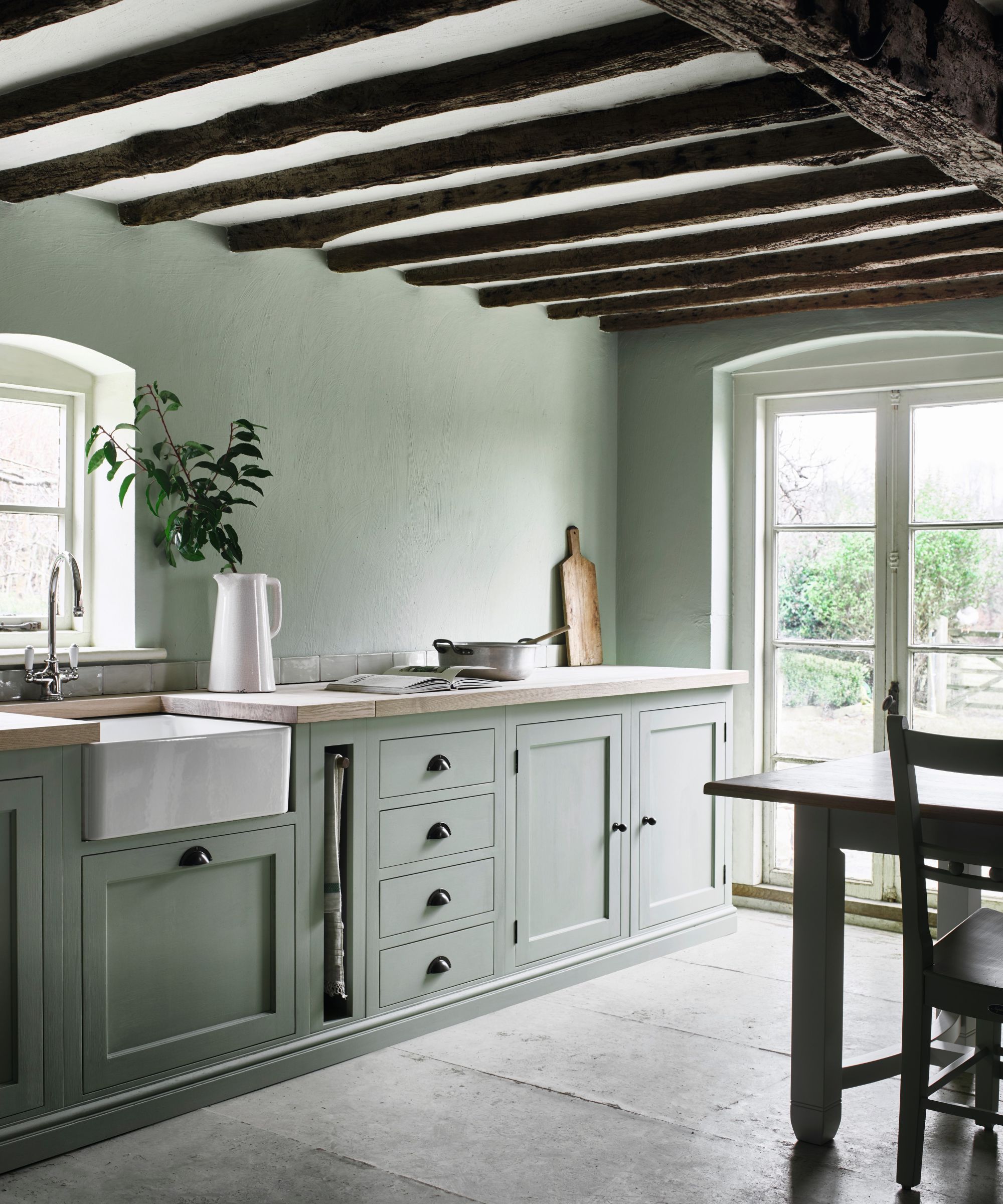
Plywood
One of the drawbacks of solid wood is that it can be prone to movement such as warping, twisting and expansion. Often hardwood ply is used in combination with or instead of solid timber in the construction of kitchen cabinets due to its increased strength and stability.
Plywood is a material composed of cross-laminated thin veneers of timber where the grain of each layer is set at right angles to one another – this results in a strong and sturdy material that is resistant to shrinkage.
'The most common reliable cabinetry construction is a plywood box with dovetail drawers, featuring solid wood fronts. Our beautiful custom cabinetry is constructed in this way and provides a luxury level finish that elevates the design of a home and caters to the exact needs of our clients,' says Michael Sandsmark, interior designer at Design West.
Adrian Bergman, design manager at British Standard by Plain English explains how its traditionally crafted cupboards, 'are made to last a lifetime with the doors and frames of the cupboards made from poplar and the carcass made of a durable birch ply.'
deVOL's classic furniture carcasses also use 'solid birch cheeks on their exteriors and solid birch shelves, combined with traditional tongue and groove hardwood backboards,' as well as 'birch plywood interior components to provide a cabinet that is solid hardwood and the perfect balance of traditional and engineered materials.'
When it comes to cabinet shelves, especially wide ones, 'plywood or blockboard would be the ideal choice,' says Kasio Piorko, design director of Kate Feather. 'Core of those materials comprised either layers or strips of solid timber making them rigid which prevents shelves from bending under the weight of a heavy stack of plates or food supply.'

Manufactured timbers and boards
Solid wood kitchens can be very costly, so for those on a budget kitchen remodel ideas, what are the alternatives? For those designing a kitchen on a budget, cabinets made from manufactured boards like MDF, fiberboard, and chipboard with a melamine finish are a sturdy alternative. Historically these are not regarded as being as durable as solid timber, however, the quality is said to have improved in recent years, plus, they do have benefits over other materials.
'The materials haven't changed in recent years but have definitely improved. Even chipboard which used to be thought of as one to use in a budget kitchen is now far denser than in the past. This, plus a thick layer of laminate makes it a durable, wipeable, and hygienic material to use for kitchen carcasses and drawer boxes,' says Kasio Piorko.
Manmade board with a melamine finish makes a good choice for the insides of kitchen cabinets as it is easy to wipe clean.
'Melamine carcasses are a good idea because they’re water-resistant. Lots of people think they want solid oak carcasses but the reality is these can take in moisture and steam from the kitchen and can warp over time,' says Rebecca Nokes, head of design & brand creative, John Lewis of Hungerford.
Similarly, Stacey Cobley, kitchen designer at Harvey Jones advises, 'not to have veneered internals for any cabinets which will store jars and condiments because any spillages will not clean off easily and can stain.' Instead, she recommends, 'using melamine-faced internals which are wipeable and offer better water resistance.'
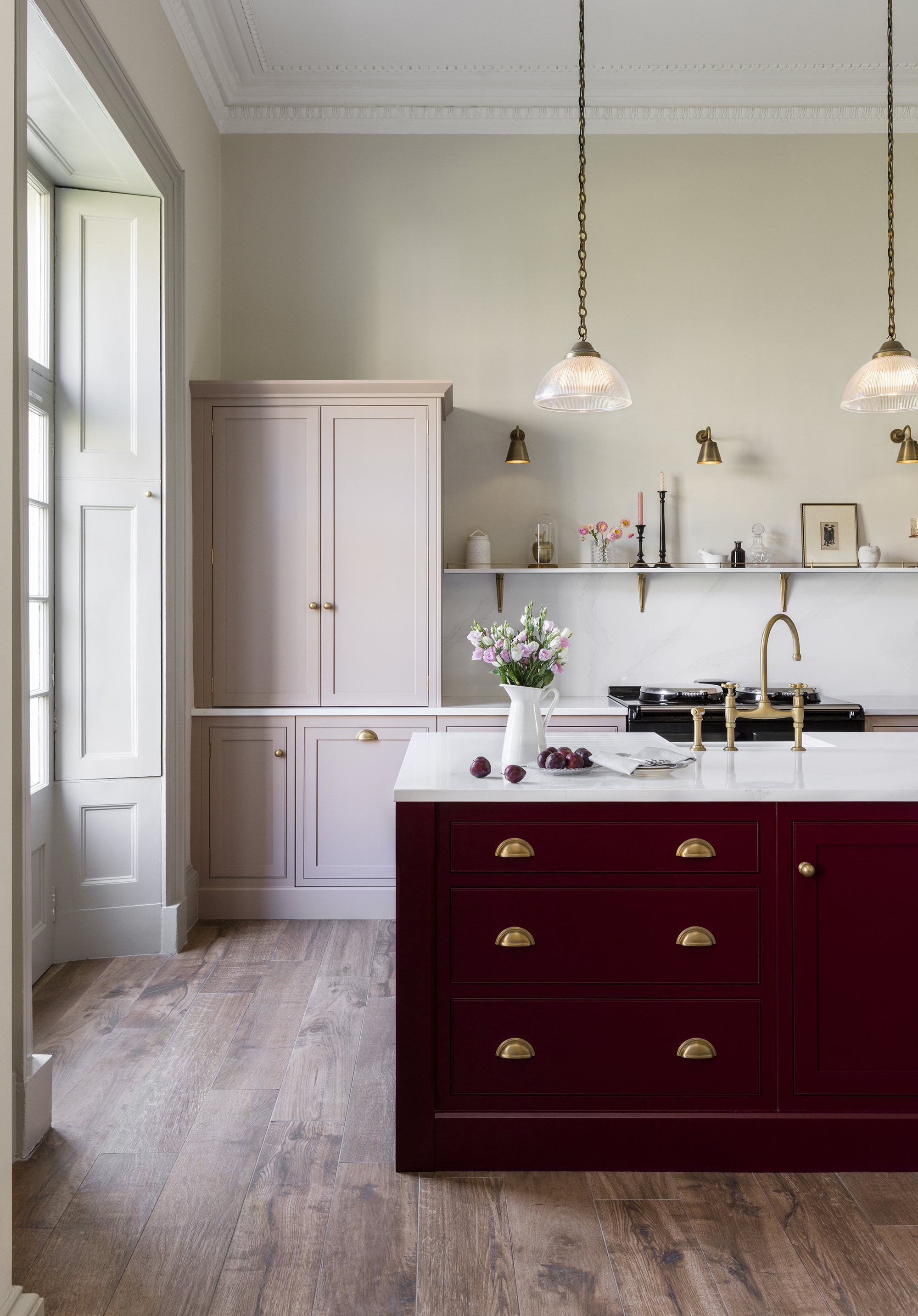
Consider how the cabinets are made
When thinking about the durability of kitchen cabinets it's also important to consider how the cabinets are constructed alongside the material they are made from as this too can impact on their longevity say kitchen experts.
'The most durable kitchen cabinets are ones which are of an in-frame construction. This means that instead of screwing the kitchen door directly into the cabinet material, you instead attach it to a solid timber frame,' says Stacey Cobley, kitchen designer at Harvey Jones.
'This solid timber frame forms part of the cabinet construction which provides far more stability, and it allows the door to be attached using butt or SOSS type hinges. These hinges are stronger than a typical kitchen cabinet hinge and also open up to 180 degrees to give you far better access. At Harvey Jones, we use the in-frame construction method, and the cabinet is screwed, glued and tongue-and-grooved so we are confident our furniture will last a lifetime.'
'When it comes to drawers, we use solid oak boxes which we dovetail join in all four corners. This is a traditional joinery method that has been used for centuries and is the most durable form of drawer box construction,' adds Stacey Cobley.
Kasia Poirko also highlights the importance of construction, in particular the thickness of the timber required.
'We can't stress enough how important the construction of units is and the thickness of the materials used for the kitchen to be durable. A good quality cabinet will have a carcass no thinner than 0.7 inches (18mm) with a thick back properly attached to it to keep the unit square. Units should be levelled and secured to each other and the walls.'
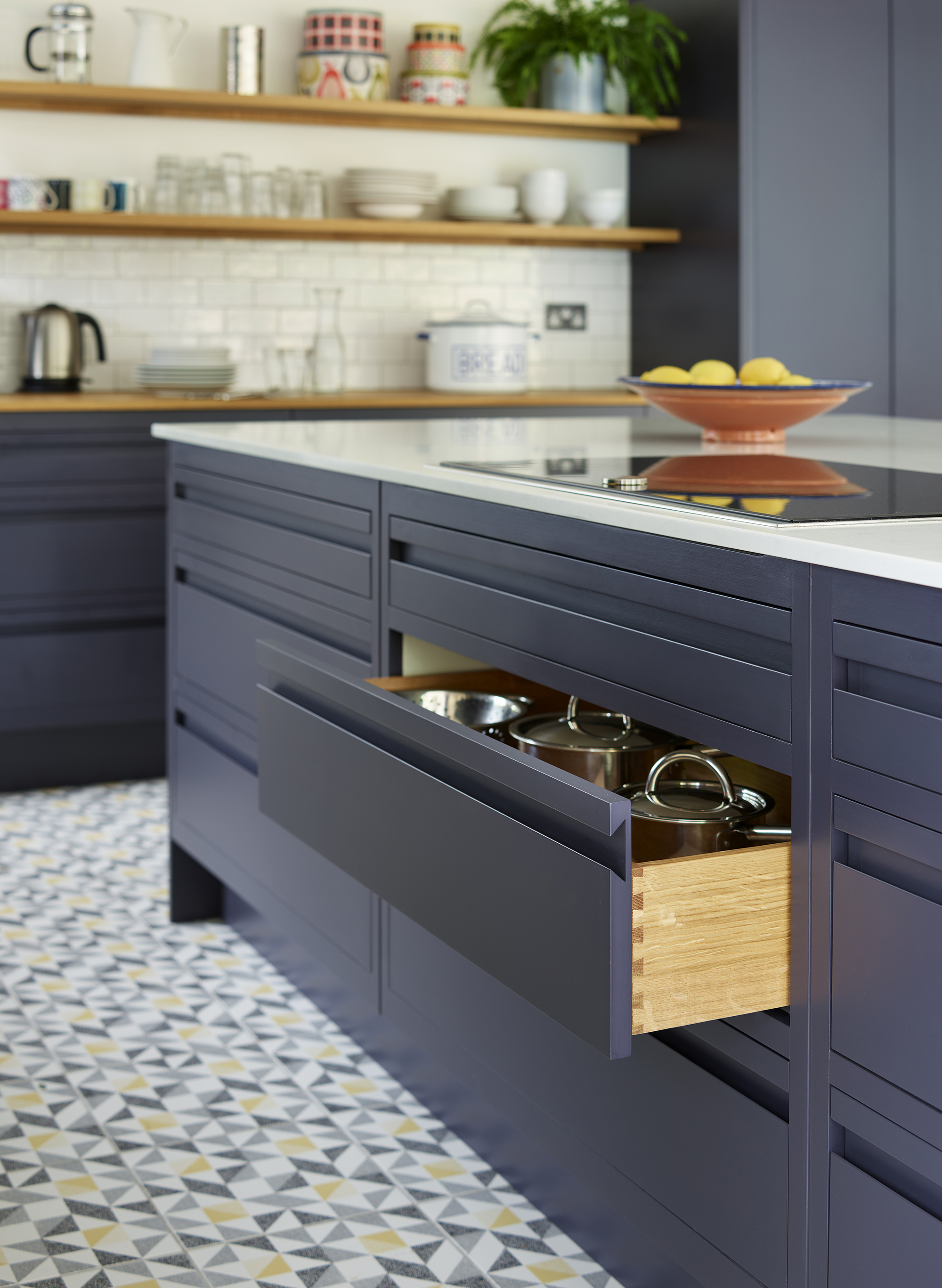
Don't forget finishes
To ensure kitchen cabinets are as durable as possible cabinet doors must have a robust finish designed to withstand the wear and tear of everyday life.
When it comes to the external elements of the kitchen, 'usually we advise hand painting as it is much easier to repair in case of chipping,' says Kasia Piorko. 'Timber or veneered MDF makes durable fronts too.'
Louisa Eggleston of Humphrey Munson agrees, suggesting that, 'hand-painted kitchens really do stand the test of time – we use a bespoke range of paints made exclusively for us by Mylands – the eggshell specification is perfect and provides a really durable, low maintenance finish. And of course, if the kitchen is designed well in the first place, if you want to change the color after 10 years you can do so very easily.'
'Our doors are primed and spray painted twice for durability so they resist moisture and stand the test of time,' adds Rebecca Nokes of John lewis of Hungerford.
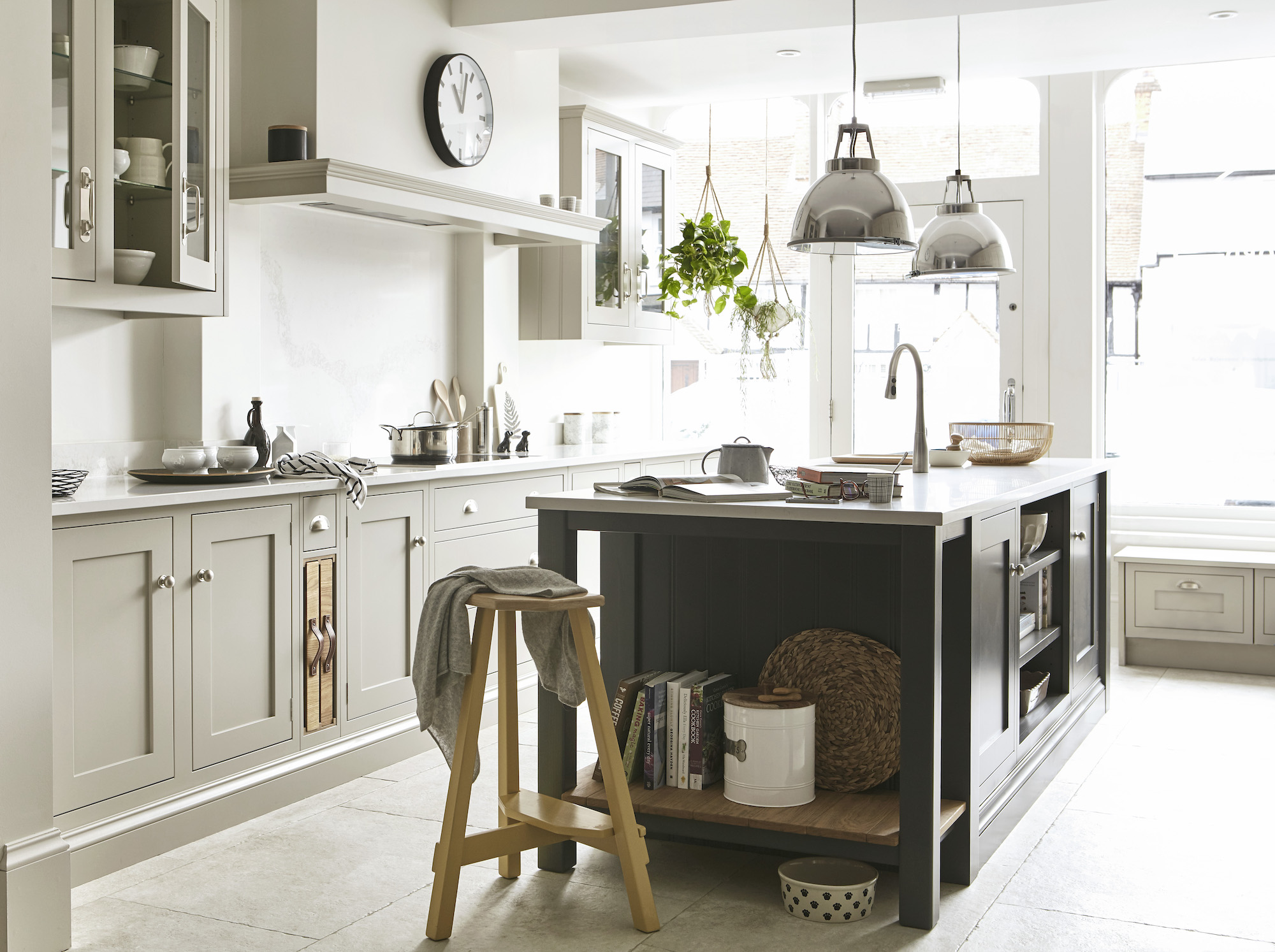
Choose a timeless color
Longevity is a priority for a new kitchen so you need to ensure your chosen design and colors are styles that you will love to live with for many years. Here's what the kitchen experts had to say about the most enduring kitchen color ideas for cabinets.
'A classic color tends to stand the test of time so deep blues, greens and greys are always a good choice if you worry about your kitchen dating. Wood kitchen cabinets can always be re-painted if you want to refresh your scheme in the future,' explains Ben Burbidge, director of Burbidge Kitchen Makers.
'The most durable cabinets would be timber cabinets. They are sturdy, heavy and last through generations. Exposed timber with no paint is naturally incredibly durable as you won't run the risk of denting or scratching the paint off however, by choosing light colors you will create a durable cabinet as these colors are less prone to marking whereas dark ones will show these more,' says William Durrant, owner Herringbone Kitchens.
'The colors that will stand the test of time are neutrals, the darker ones come and go but your lighter ones such as cream, greys, off-white, etc will always be in and they allow you to change other elements around the kitchen and add the pop of color or the latest trends here.'
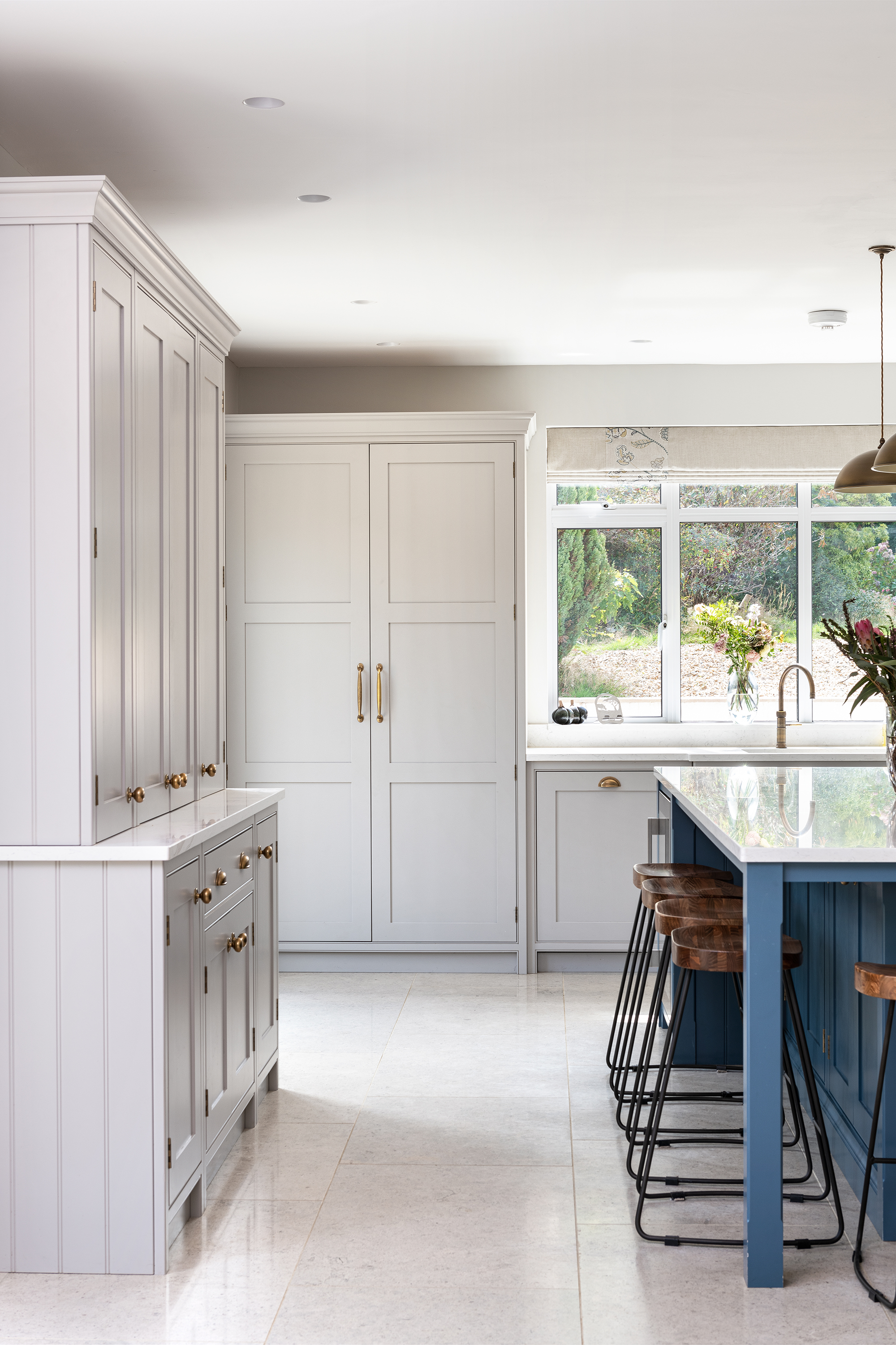
Sign up to the Homes & Gardens newsletter
Design expertise in your inbox – from inspiring decorating ideas and beautiful celebrity homes to practical gardening advice and shopping round-ups.

Pippa is a contributor to Homes & Gardens. A graduate of Art History and formerly Style Editor at Period Living, she is passionate about architecture, creating decorating content, interior styling and writing about craft and historic homes. She enjoys searching out beautiful images and the latest trends to share with the Homes & Gardens audience. A keen gardener, when she’s not writing, you’ll find her growing flowers on her yard for styling projects.
-
 Plants never to grow next to fruit trees
Plants never to grow next to fruit treesExpert advice on which plants to keep away from fruit trees to encourage a healthy harvest
By Jacky Parker Published
-
 Martha Stewart's tips for arranging daffodils are unbelievably simple and effective – it's the only flower advice you need this springtime
Martha Stewart's tips for arranging daffodils are unbelievably simple and effective – it's the only flower advice you need this springtimeMartha shows us that we can create gorgeous bouquets of this seasonal flower by simply trimming the stems and placing them in specific vases
By Hannah Ziegler Published